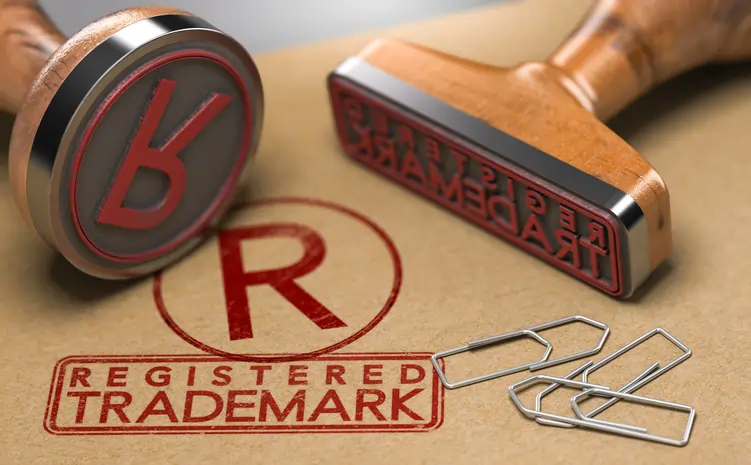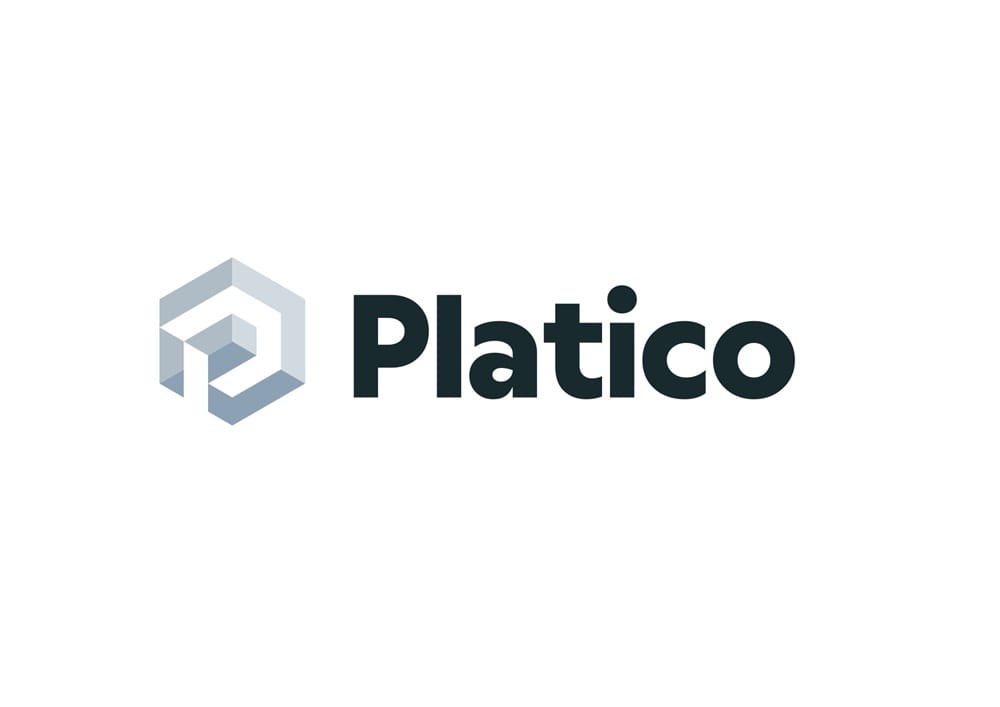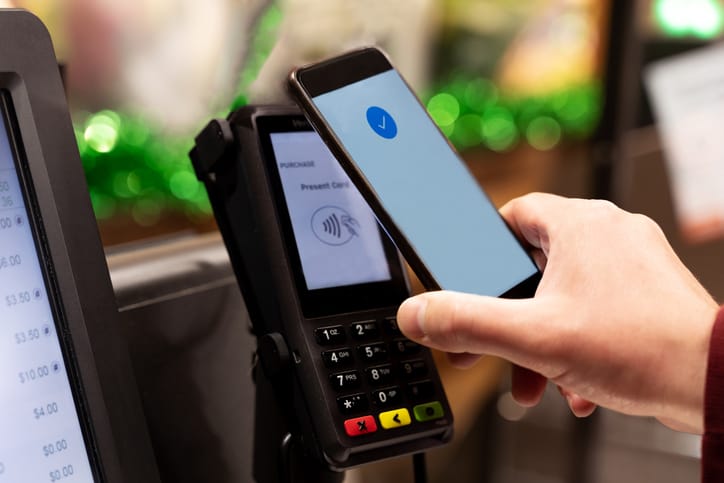
In today’s global economy, your brand name is your business card — it tells consumers who you are, what you offer, and why they should trust you. Within the European Union, protecting this identity is essential. With 27 member states and over 400 million consumers, the EU offers unmatched market potential — but also fierce competition.
Registering your brand name with the European Union Intellectual Property Office (EUIPO) is one of the most effective ways to protect your business from imitation and legal disputes. This article provides a clear, step-by-step overview of how to do just that.
What You Need to Know Before Registration
What Makes a Brand Name Registrable?
Not every name can be protected as a trademark. To be accepted by EUIPO, a brand name must be:
● Distinctive – It must stand out and not describe the goods or services directly.
● Non-generic – Common words that describe a product (e.g. “milk” for dairy) are usually rejected.
● Not misleading – Your brand shouldn’t mislead consumers about the origin or quality.
● Available – It must not conflict with existing trademarks in the EU.
Legal Structure and Ownership
Only legal entities and individuals can apply for an EU trademark. Make sure the ownership information on your application matches your business registration documents to avoid delays.
You will also need to decide whether you’re filing as:
● An individual entrepreneur
● A company or corporation
● A representative on behalf of a client
Product and Service Classes
Trademarks are categorized using the Nice Classification — an international system that groups goods and services into 45 classes (34 for goods, 11 for services).
Examples:
● Class 9: Software and electronics
● Class 25: Clothing and footwear
● Class 35: Advertising and business management
Choosing the right classes is vital, as protection only applies to the ones you include in your application.
Registration Stages Through EUIPO
Your brand name registration in the EU provides protection in all member states through a single application — but the process involves multiple steps.
Step 1: Search and Clearance
Before submitting an application, use TMview or eSearch plus to check whether a similar or identical brand name is already registered.
Tip: Look not just for exact matches but also phonetically or visually similar names in the same class.
Step 2: Prepare the Application
You’ll need the following:
● The brand name or logo
● A clear list of goods or services
● Applicant’s full legal details
● A representation of the trademark (text or image)
You may apply as a word mark, figurative mark (logo), or combined mark.
Step 3: Submit the Application Online
Applications must be filed via the EUIPO website. Choose:
● The type of trademark
● The languages for proceedings
● The relevant product/service classes
● Supporting documents and payment
Note: The application can be submitted in any of the EU’s official languages, but one of EUIPO’s five working languages (EN, FR, DE, IT, ES) must be selected for correspondence.
Step 4: Formal Examination
EUIPO checks:
● Completeness of the application
● Classification of goods/services
● Obvious conflicts or non-compliance
If issues arise, you may receive a deficiency letter requesting clarification or corrections.
Step 5: Publication and Opposition
Once accepted, your brand name is published in the EU Trade Marks Bulletin. Third parties have three months to file an opposition if they believe your trademark infringes on theirs.
Step 6: Registration and Certification
If no oppositions are filed or they are resolved in your favor, the trademark is officially registered. You’ll receive a digital certificate, and your brand name gains protection for 10 years, renewable indefinitely.
Common Questions About Brand Name Registration
How much does it cost?
As of 2025:
● €850 for the first class
● €50 for the second class
● €150 for each additional class
Optional costs include legal services, translation, and brand monitoring.
How long does the process take?
● 3–6 months if there are no oppositions
● 6–12+ months if there are objections or legal challenges
Can I apply on my own or do I need a lawyer?
You can apply directly without legal help, but a trademark consultant is recommended if:
● Your brand has high commercial value
● You’re unsure about class selection
● You want to avoid costly mistakes
What happens if my application is rejected?
You will receive a written explanation and may respond with arguments, evidence, or modified documentation. In some cases, it's better to rebrand and reapply.
Conclusion
Registering a brand name in the EU is a crucial investment in your company’s future. It ensures that your brand is legally protected across all EU countries, builds consumer trust, and strengthens your competitive edge.
The process, while systematic and digital, requires attention to detail — especially in verifying availability, choosing correct classifications, and avoiding legal conflicts. Proper preparation is key.


